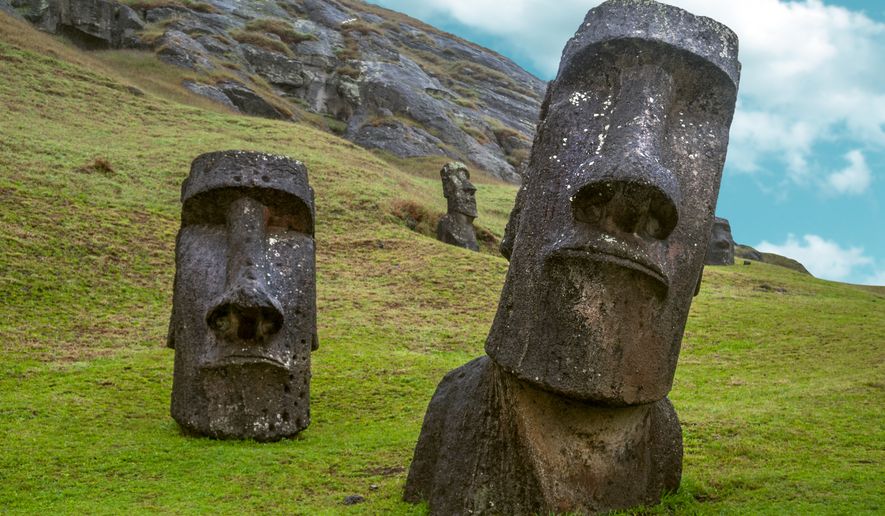Fire swept through part of the national park on Chile’s Easter Island this week and damaged some of the famous moai statues built by the indigenous Polynesian people.
The most affected area of the national park was the extinct Rano Raraku volcanic crater, which once served as a quarry for the construction of the large statues carved out of basalt.
Easter Island has about 900 moai statues scattered throughout the island, with 386 in Rapa Nui National Park, many of which were damaged by the blaze, according to CNN.
Ariki Tepano, director of the Ma’u Henua indigenous community that administers Rapa Nui National Park, said the damage is “irreparable and with consequences beyond what your eyes can see, the moai are totally burned.”
The cause of the fire has not yet been determined, but the island’s mayor, Pedro Edmunds Paoa, is certain the blaze was started by people.
“All the fires on Rapa Nui are caused by human beings,” he told Chile’s Radio Pauta, according to the Guardian.
The fire, when interacting with moisture inside the statues, has caused some cracking, which leaves openings for further damage down the line.
Some of the statues were spared the full effects of the fire because they were buried partially underground. Mr. Paoa told Chile’s Radio Pauta that the spared statues were “semi-buried and that is what saves them,” but that “those on the surface were reached by fire.”
“The damage caused by the fire can’t be undone. The cracking of an original and emblematic stone cannot be recovered, no matter how many millions of euros or dollars are put into it,” said Mr. Paoa.
The moai statues were sacred to the original religion of the indigenous Rapa Nui people, who crafted and erected the megaliths to honor their ancestors. At some point before contact with Christians, ancestor worship was replaced by a religion centered around a “birdman.”
• Brad Matthews can be reached at bmatthews@washingtontimes.com.




Please read our comment policy before commenting.